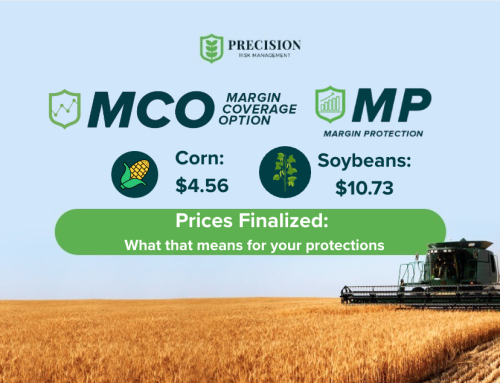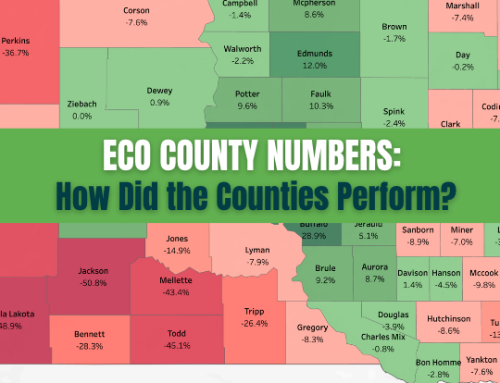Key Take-Aways:
- Insurance premiums are reduced by $5/acre for new planted cover crops
- Grower must certify with FSA office by March 15th
- Program extended from last year with few changes other than dates
Producers who planted cover crops this year can reduce their crop insurance premium by $5 per acre under an extended U.S Department of Agriculture program. Producers have until March 15, 2022, to prove and certify they planted these cover crops.
The USDA’s Pandemic Cover Crop Program was first created in 2021 to maintain conservation efforts while offsetting the financial impacts of COVID-19 on growers. The program has been extended for 2022.
To qualify for the premium reduction, a producer needs to file a Report of Acreage form called an FSA-578. It needs to show the cover crops and be certified by the local FSA office by March 15th, 2022. The cover crops must be planted after June 15, 2021 to qualify.
No other action is needed by the grower if they meet the certification deadline. The $5 premium reduction is per acre, lowering costs the more acres put into cover crops. For example, if a grower puts in 10 acres, there will be a $50/acre premium reduction. It will top out if the overall premium reaches $0.
All cover crops reportable to FSA are eligible and include cereals and other grasses, legumes, brassicas and other non-legume broadleaves, and mixtures of two or more cover crop species planted at the same time.
Iowa, Illinois, and Indiana already have programs to receive a premium reduction for planting cover crops. Any producer participating in this new program will receive additional benefits on top of what they already receive.
The new program does not change any other crop insurance policy standards such as acreage reporting dates or reporting requirements.
To read more on the USDA program you can click here. You can also reach out to a PRM Risk Management Advisor about how this can affect your premium and operation.






